Spirometry | Understanding the Basics | CMI Health

What is Spirometry?
Spirometry is a common type of breathing test. This test measures how much air you can breathe in and out of your lungs, as well as how easily and fast you can the blow the air out of your lungs.
For many people, breathing is not a thoughtless task. It is common for those diagnosed with asthma, COPD, or other lung disorders to experience difficulty or discomfort when breathing. This can also be the case for people who are not afflicted by lung disease such as musicians, athletes, etc. In these situations, it is common for doctors to prescribe a spirometry test to track an individual’s respiratory health. Gain an understanding of spirometry basics and what this process is, and what it can do for you.
Defining Spirometry
Spirometry is a lung function test that measures how much air you can breathe in and out of your lungs, as well as how easily and fast you can the blow the air out of your lungs. These functions can be expressed as Force Vital Capacity – (FVC) and Forced Expiratory Volume in 1 second (FEV1).
FVC - This is the largest amount of air that you can forcefully exhale after breathing in as deeply as you can. A lower-than-normal FVC reading indicates restricted breathing (Mayo Clinic).
FEV1 – This is how much air you can force from your lungs in one second. This reading helps your doctor assess the severity of your breathing problems. Lower FEV-1 readings indicate more significant obstruction (Mayo Clinic).
Over a prolonged period, spirometry can help track the progression of chronic respiratory illnesses and enable doctors to pinpoint the best course of action for their patients.
How Spirometry Works
The Spirometer you use to gather these measurements may differ depending on whether you are at the doctor’s office or at home and the type of the spirometer used. Even so, the device functions will remain the same.
Most spirometers measure air capacity by calculating the amount of air an individual inhales, along with the volume of that air the user exhales fully. The Spirometer then gives a value for each amount.
Healthy Measurement Values
When it comes to measuring your FVC and FEC with your personal spirometer, it is important to know what the baselines of normal pulmonary function are. Knowing these benchmarks can aid in interpreting and understanding your lung condition, allowing you to make informed health decisions.
Generally, what is considered normal pulmonary function can and will vary based on a person’s age, sex, and weight. The Center for Disease Control has a reference value calculator that can help you determine predicted normal values.
Typically, the total volume exhaled and inhaled should read as more than 80 percent in a healthy person. This would make a normal ratio of measured value/predicted value greater than 0.8. Should you receive a reading lower than these numbers, make sure to inform your physician for consultation and further diagnosis.
Uses for Spirometry
- People with respiratory conditions such as: Asthma, COPD, Chronic Bronchitis, Pulmonary Fibrosis, Emphysema (at home)
(You can also view our blog post on How to Use a Digital Spirometer to Monitor Asthma) - Medical professionals
- Musicians and Athletes
Interested in purchasing your very own Digital Spirometer? Click the link here.
References and Further Reading:https://geekymedics.com/spirometry-interpretation/
https://www.aafp.org/afp/2004/0301/p1107.html
https://www.mayoclinic.org/tests-procedures/spirometry/about/pac-20385201
https://www.lung.org/lung-health-diseases/lung-procedures-and-tests/spirometry
https://www.medicalnewstoday.com/articles/317268#Other-testing-methods
https://www.verywellhealth.com/asthma-and-spirometry-200531
https://patient.info/chest-lungs/chronic-obstructive-pulmonary-disease-leaflet/spirometry




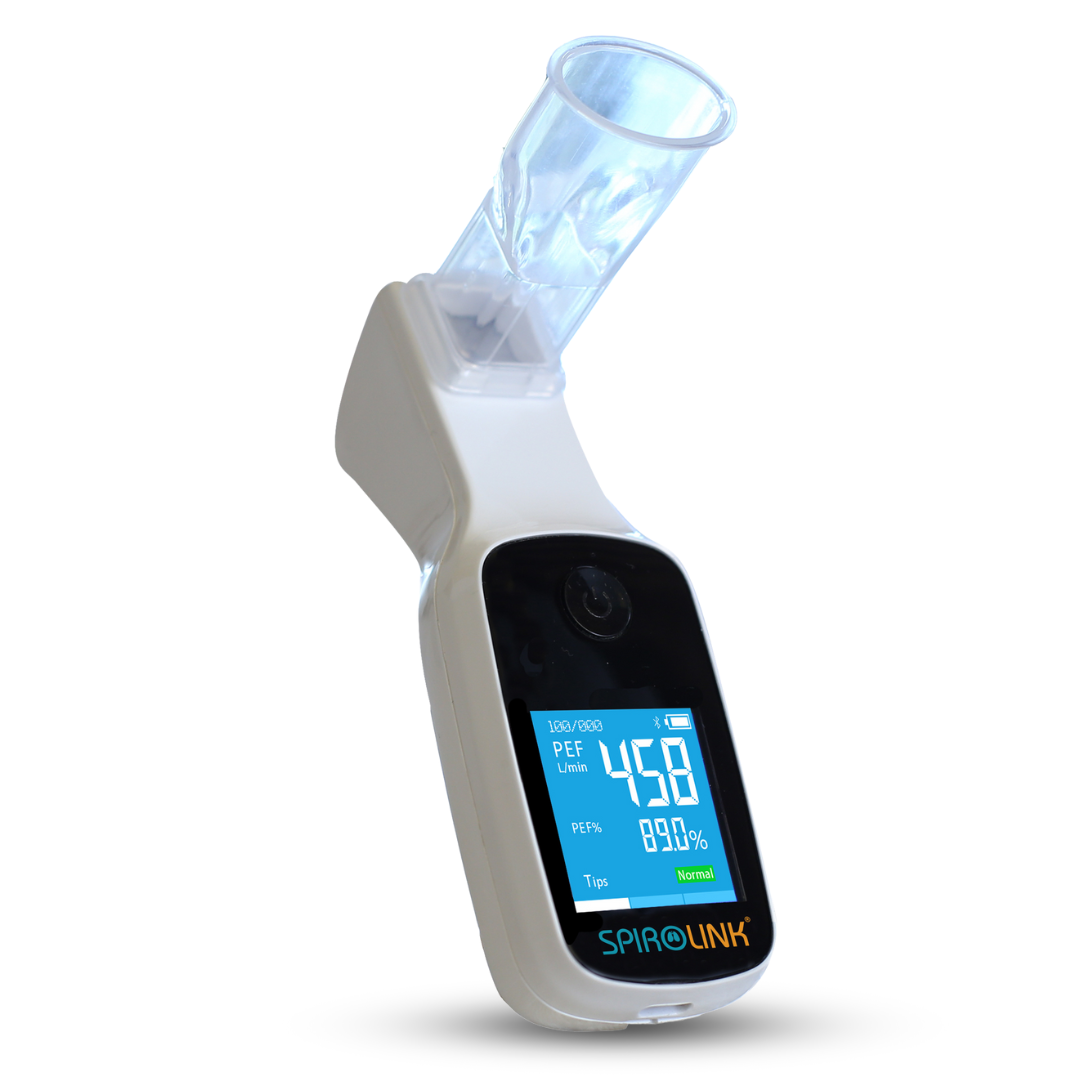
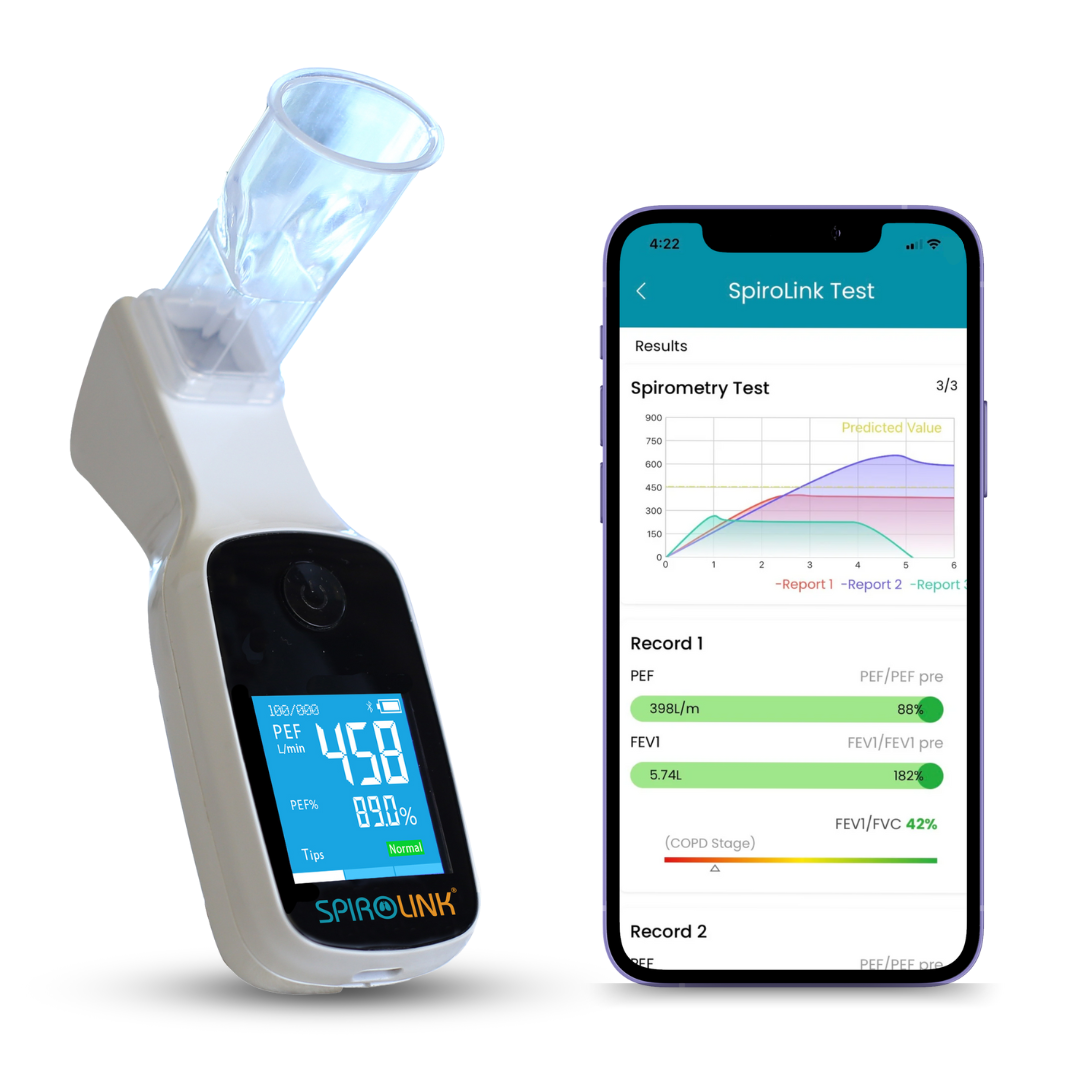
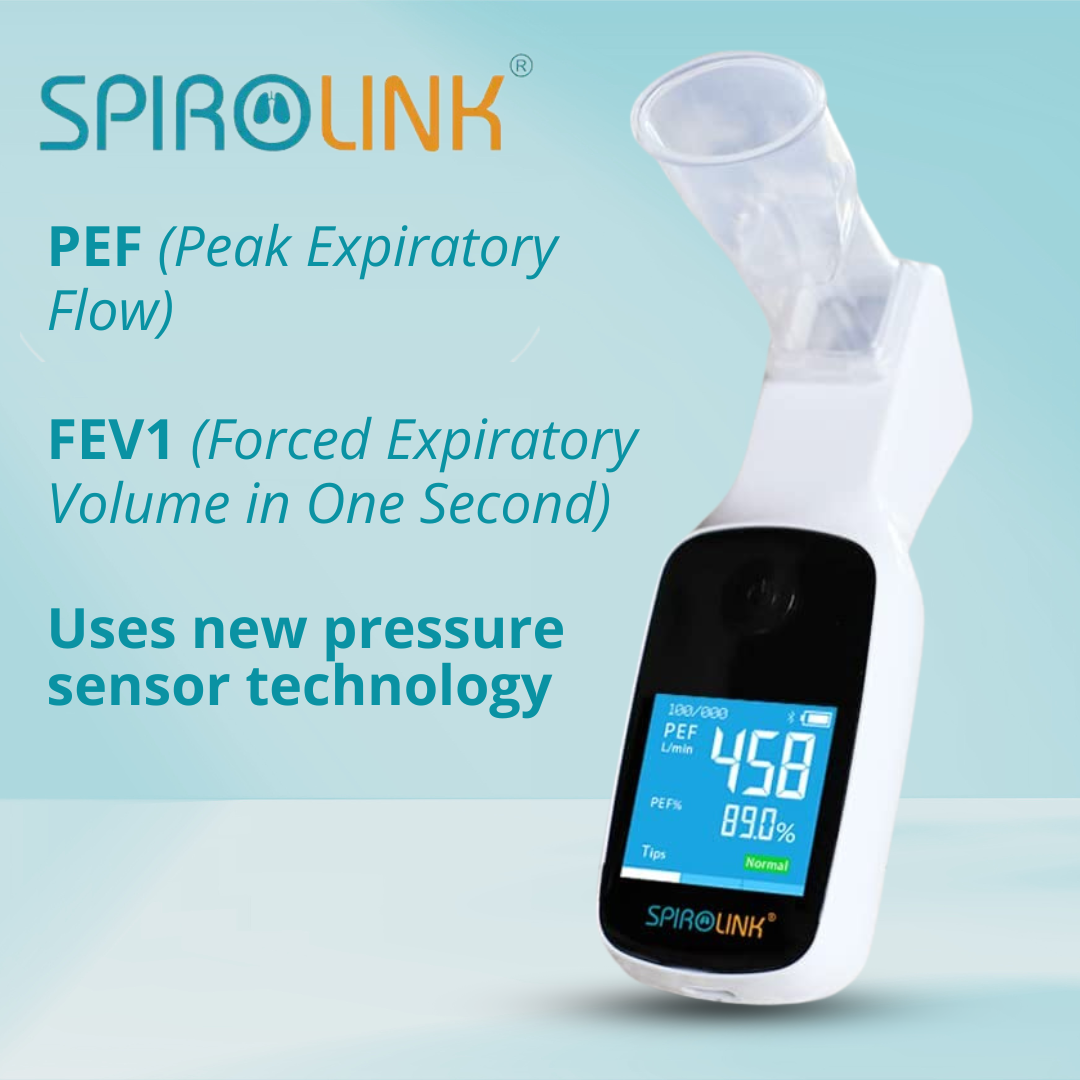

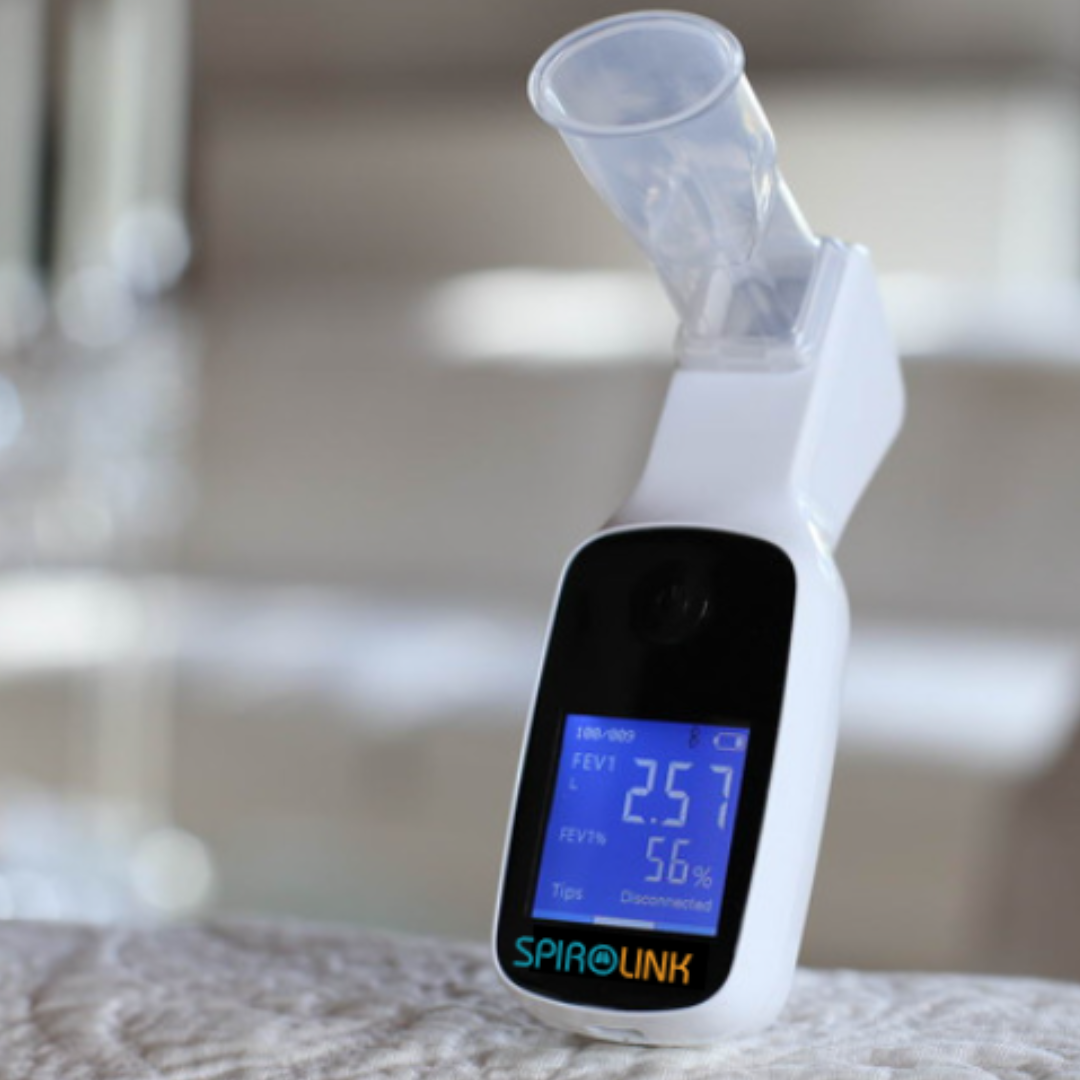
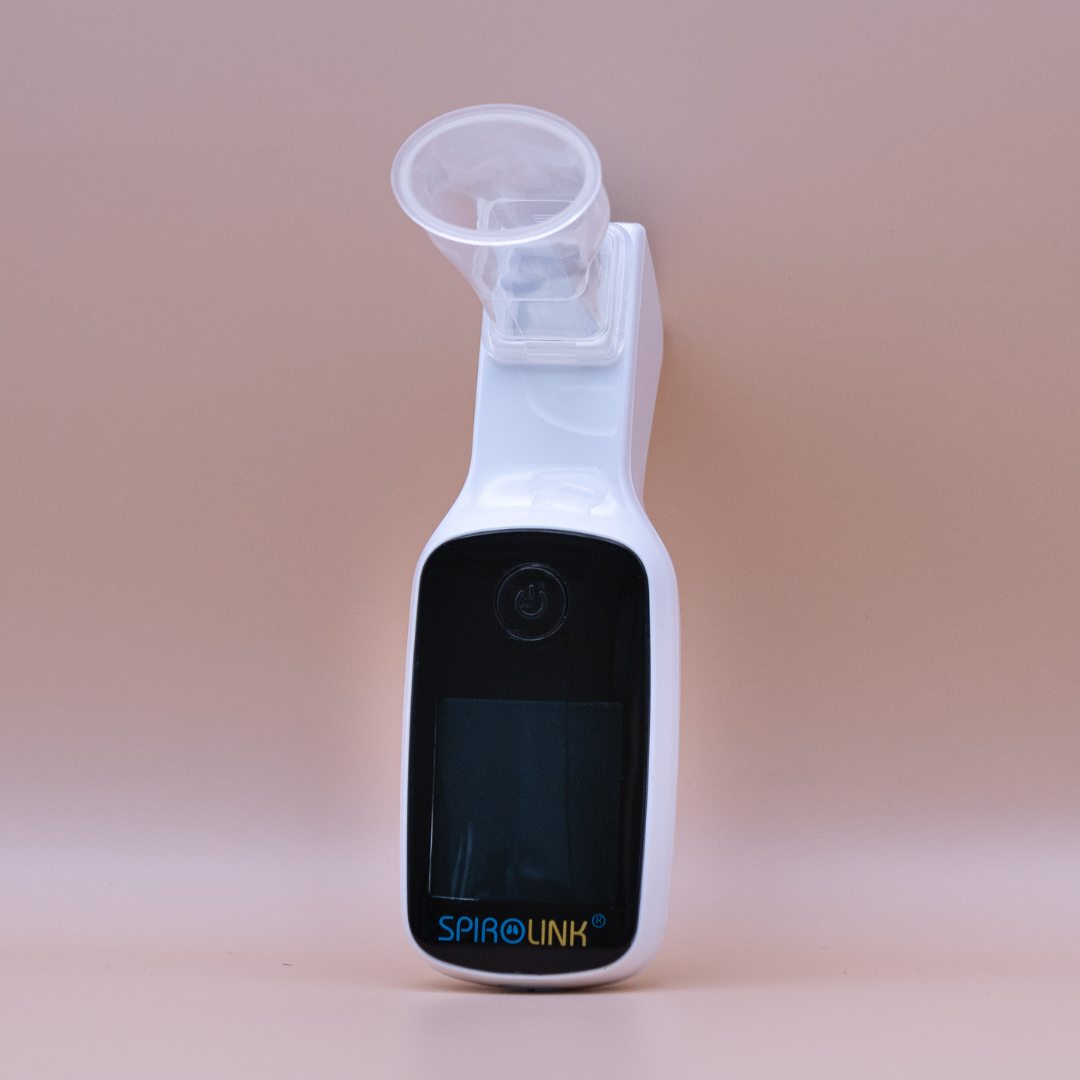

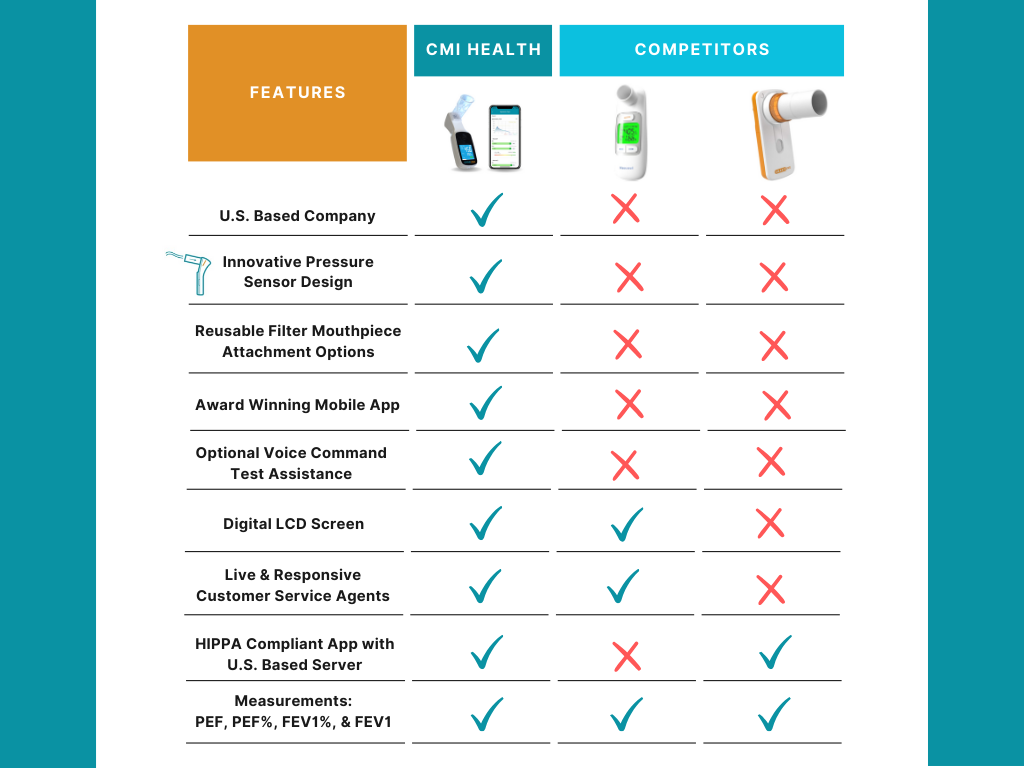
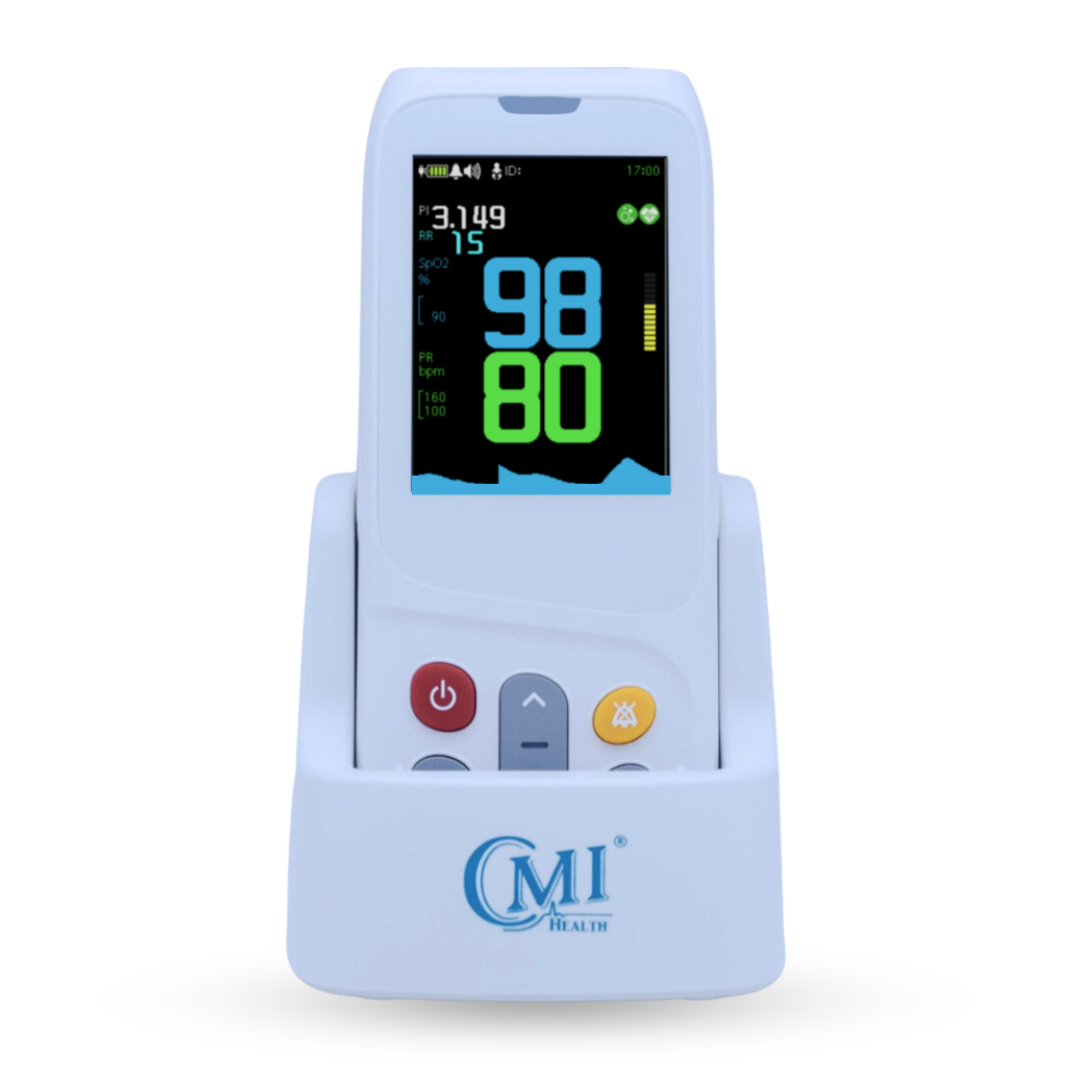
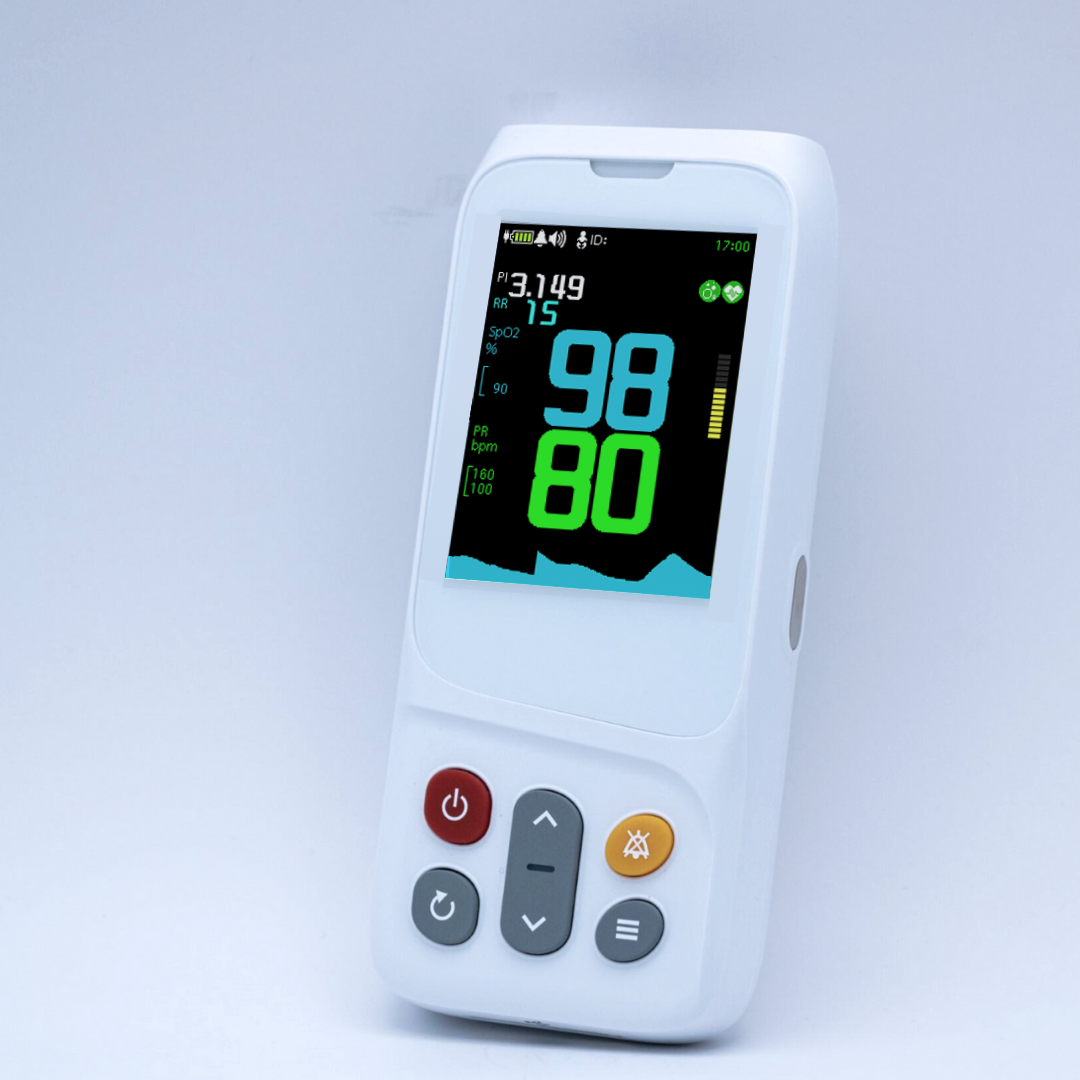
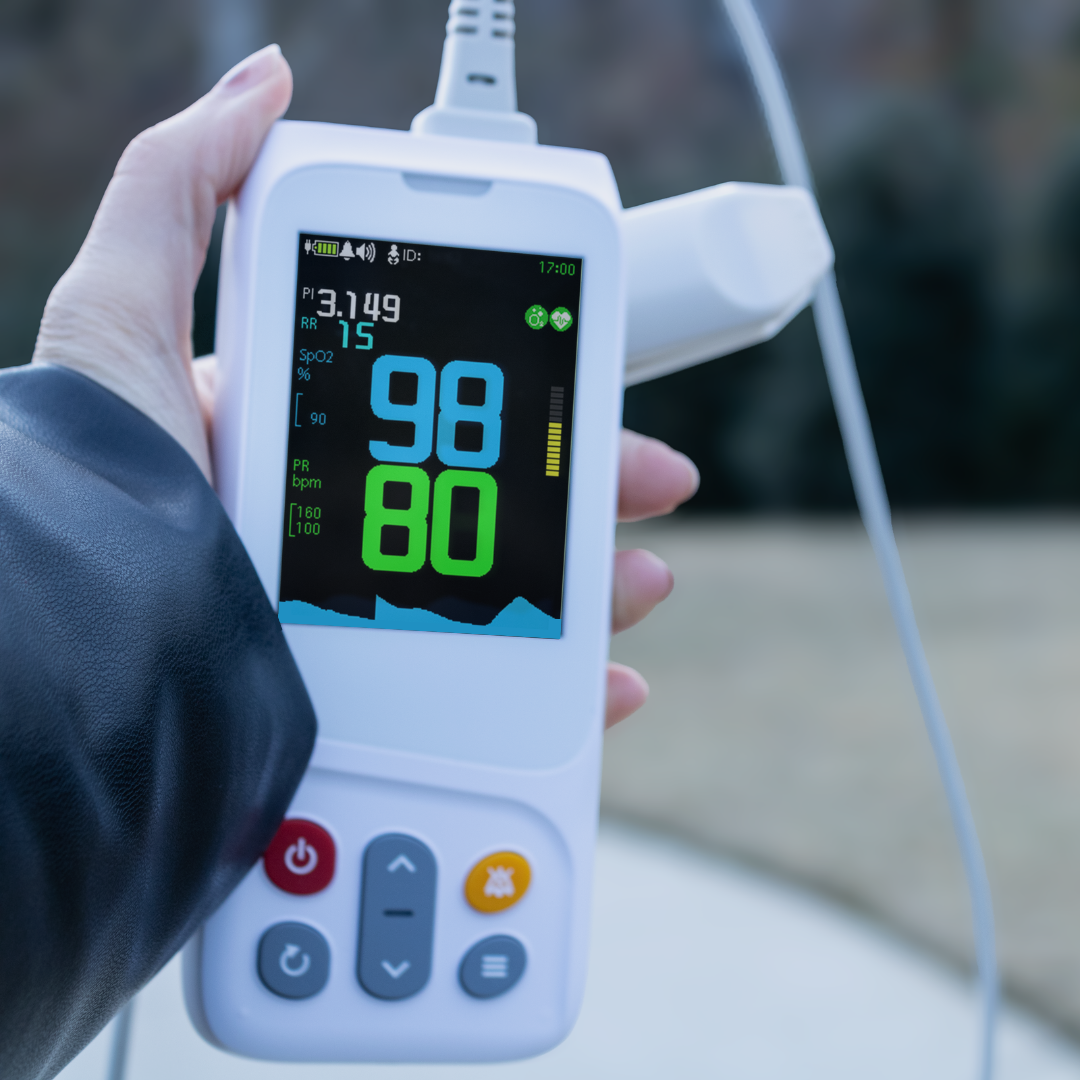
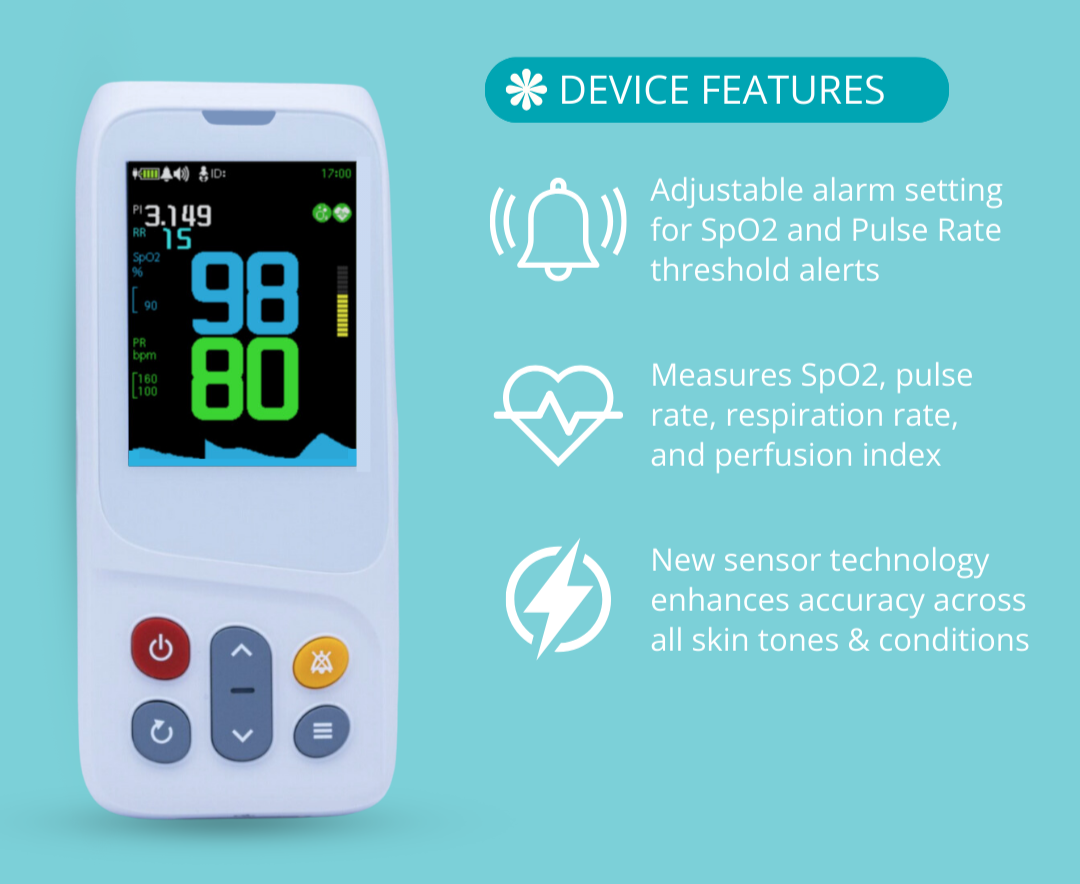
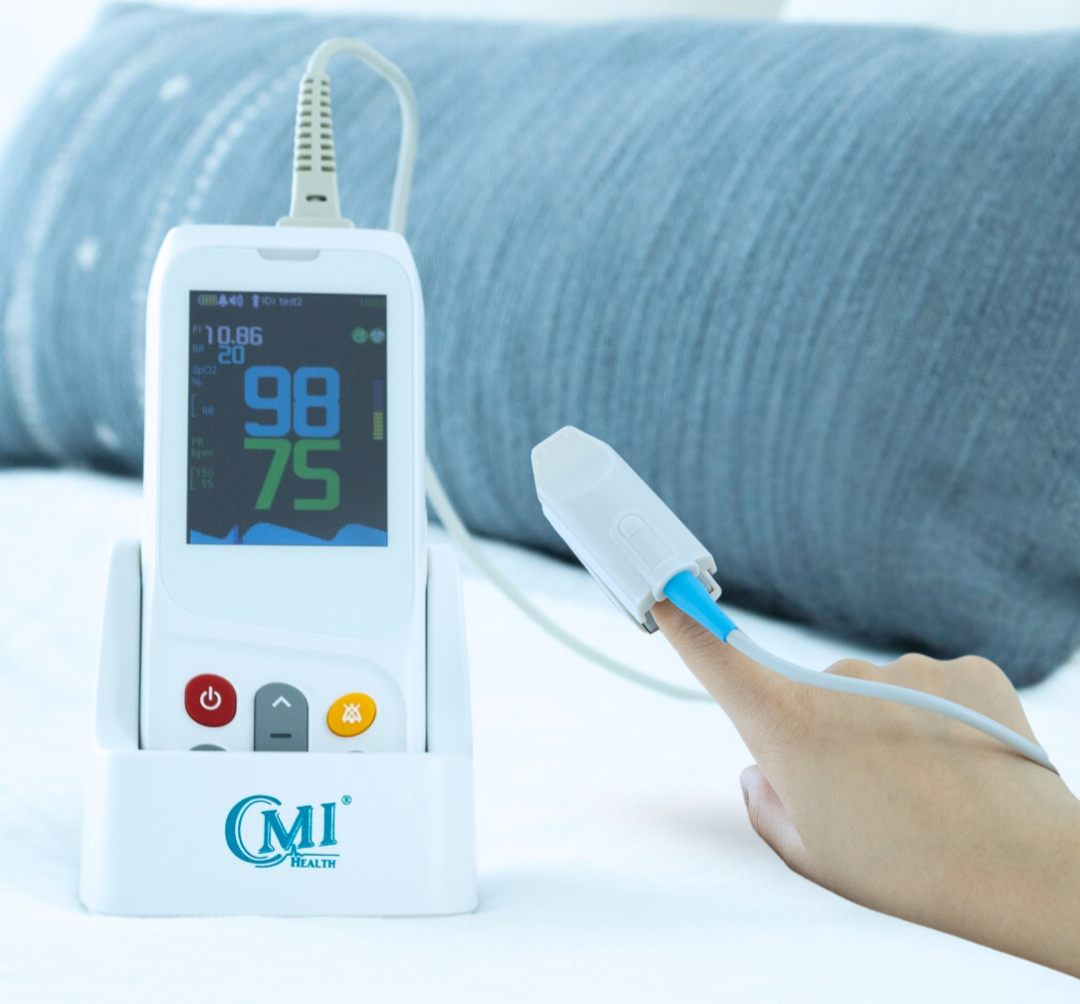
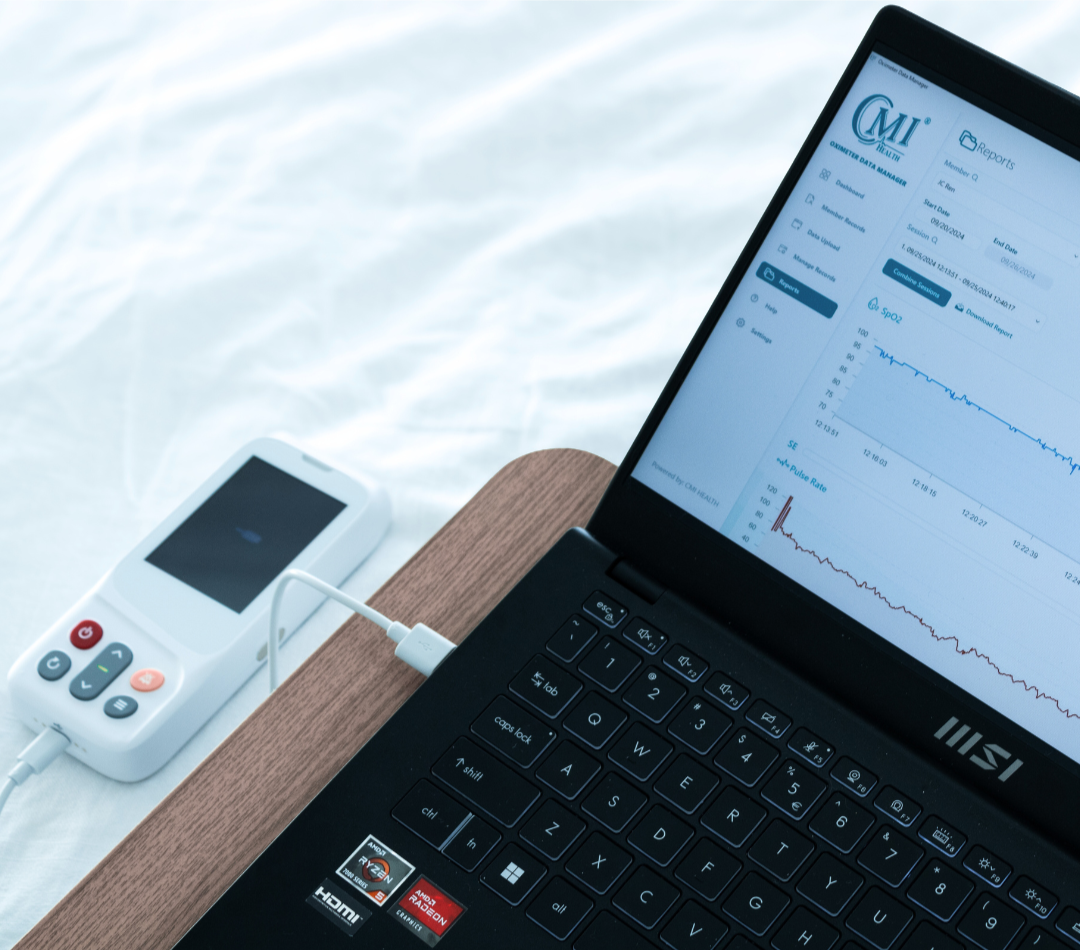
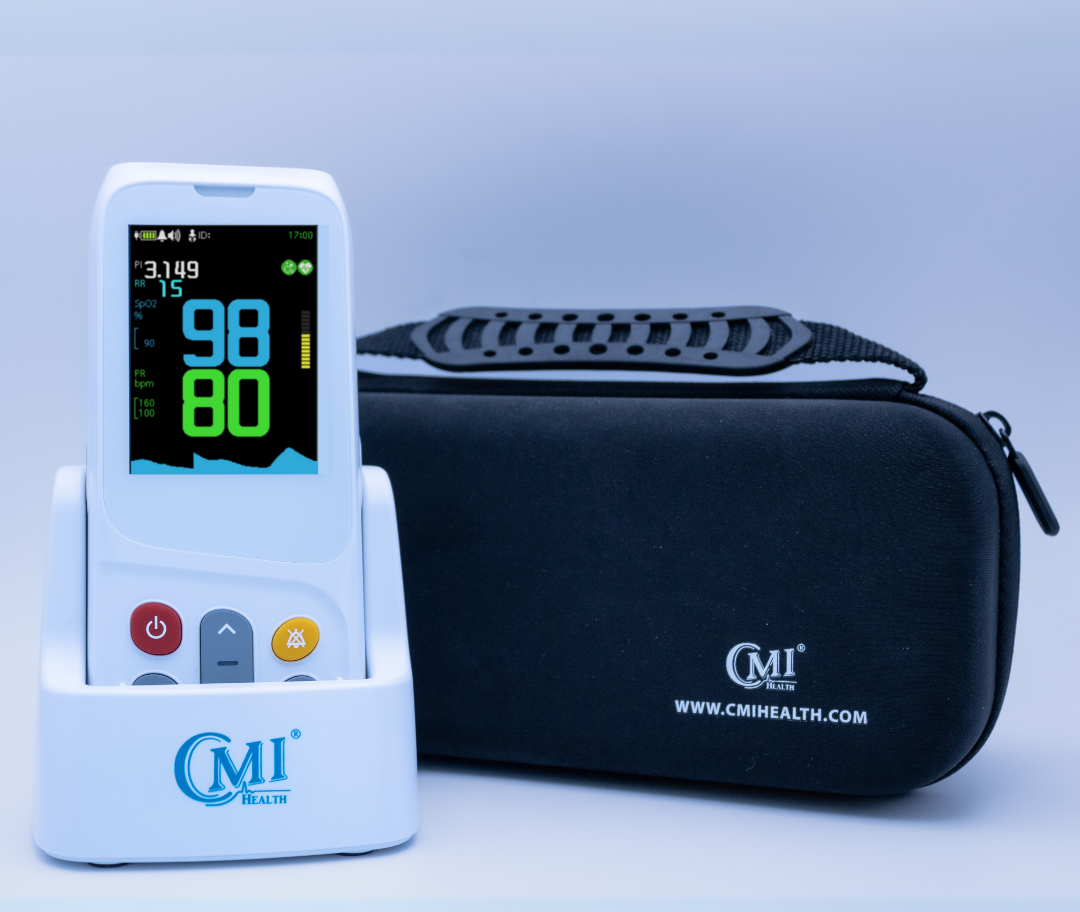
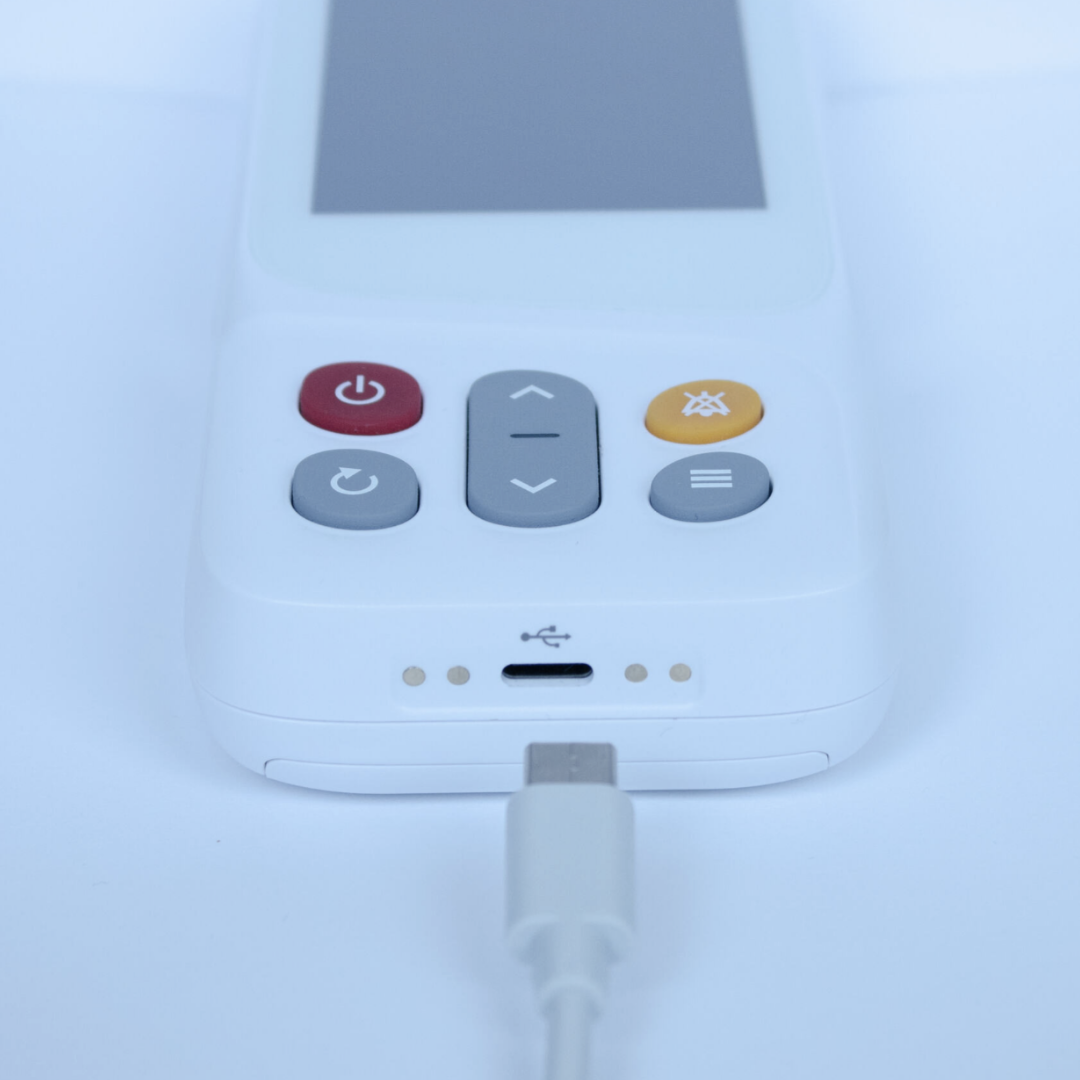
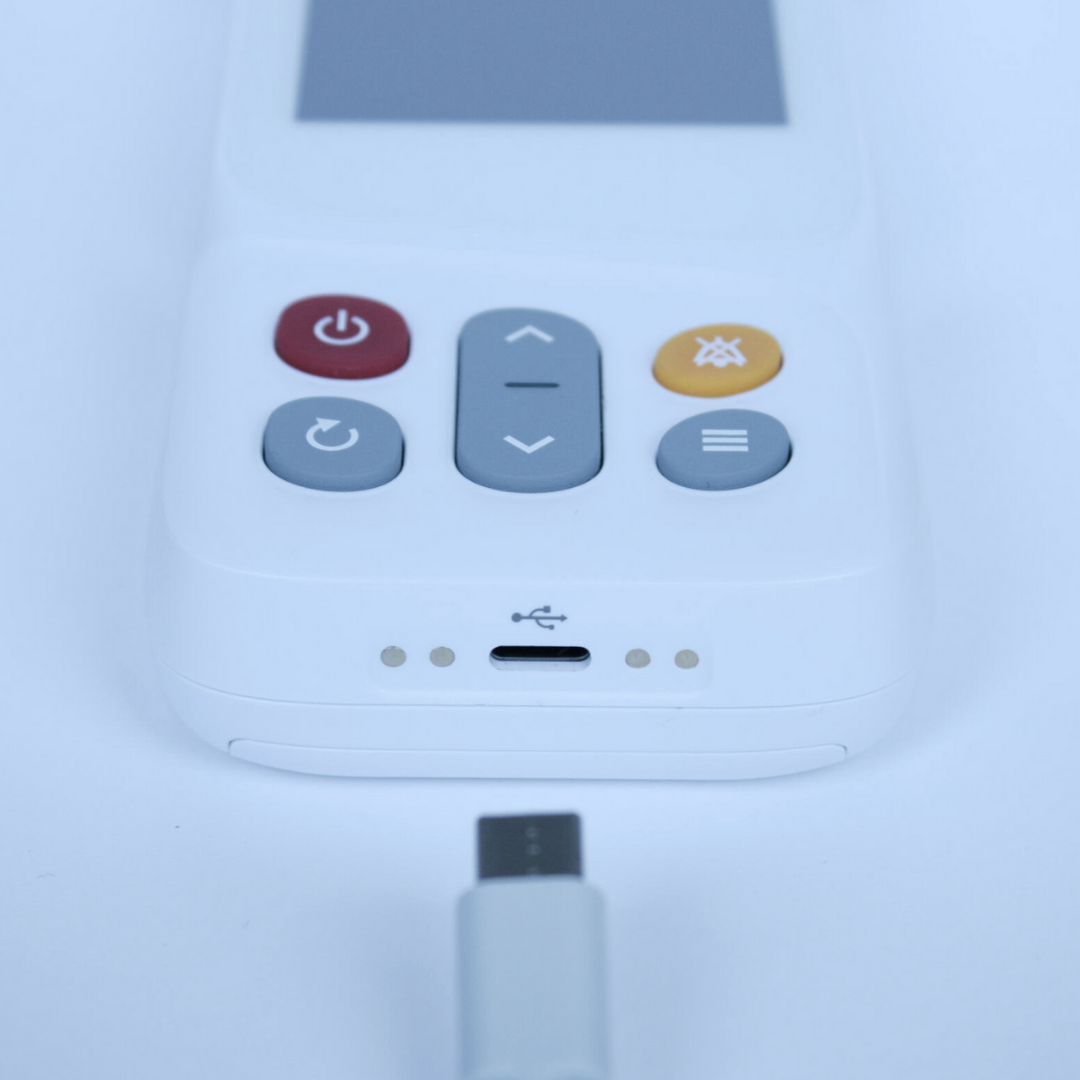
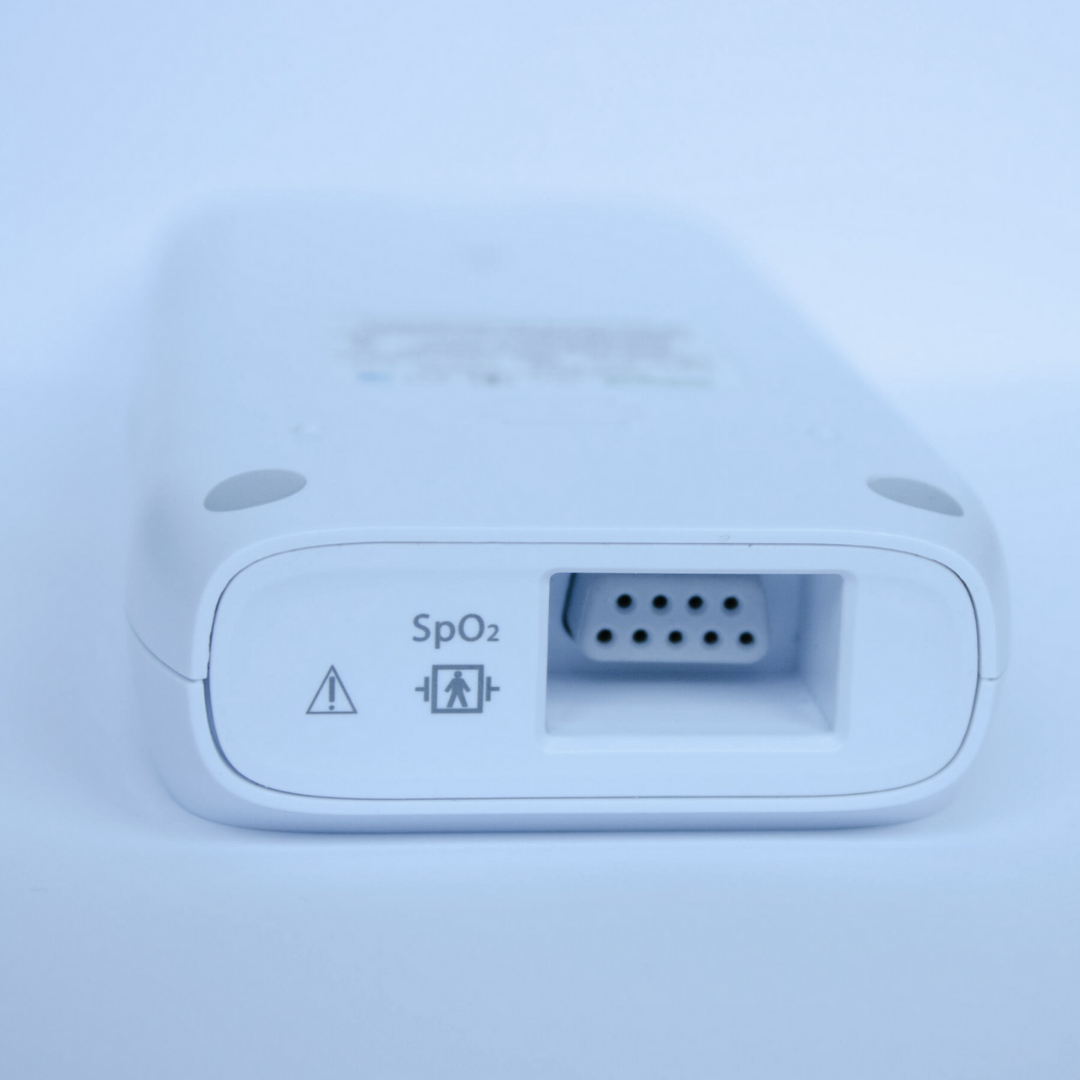
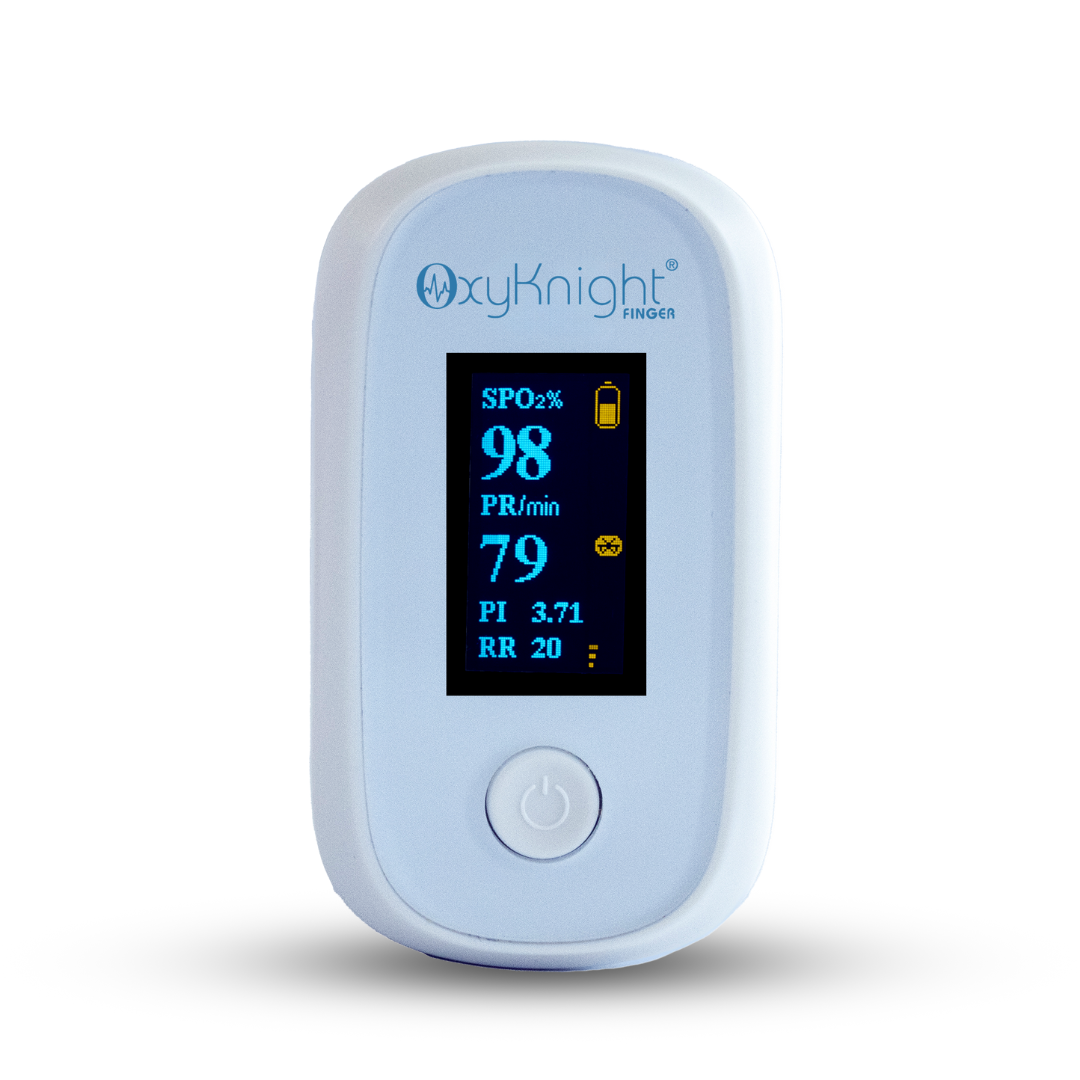
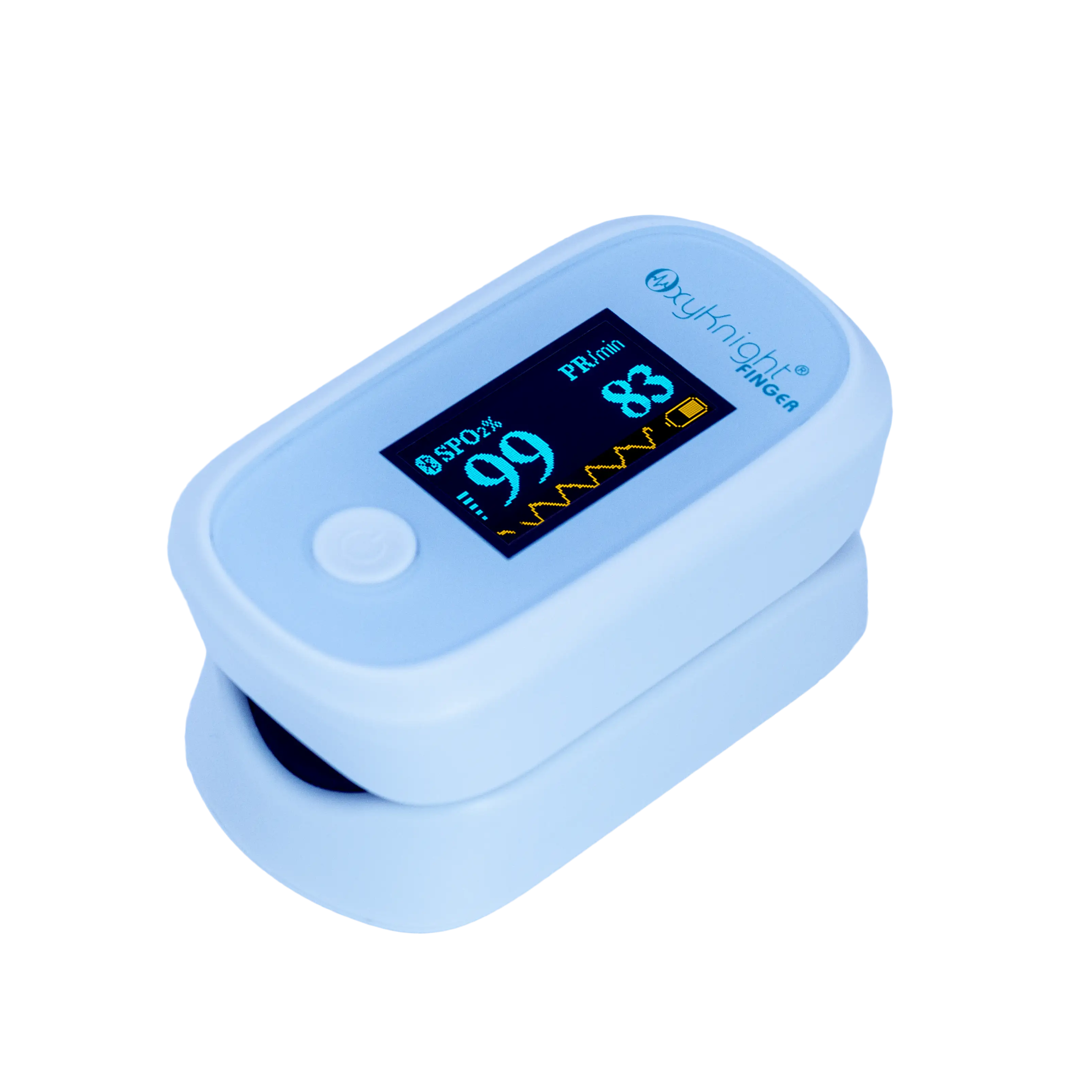
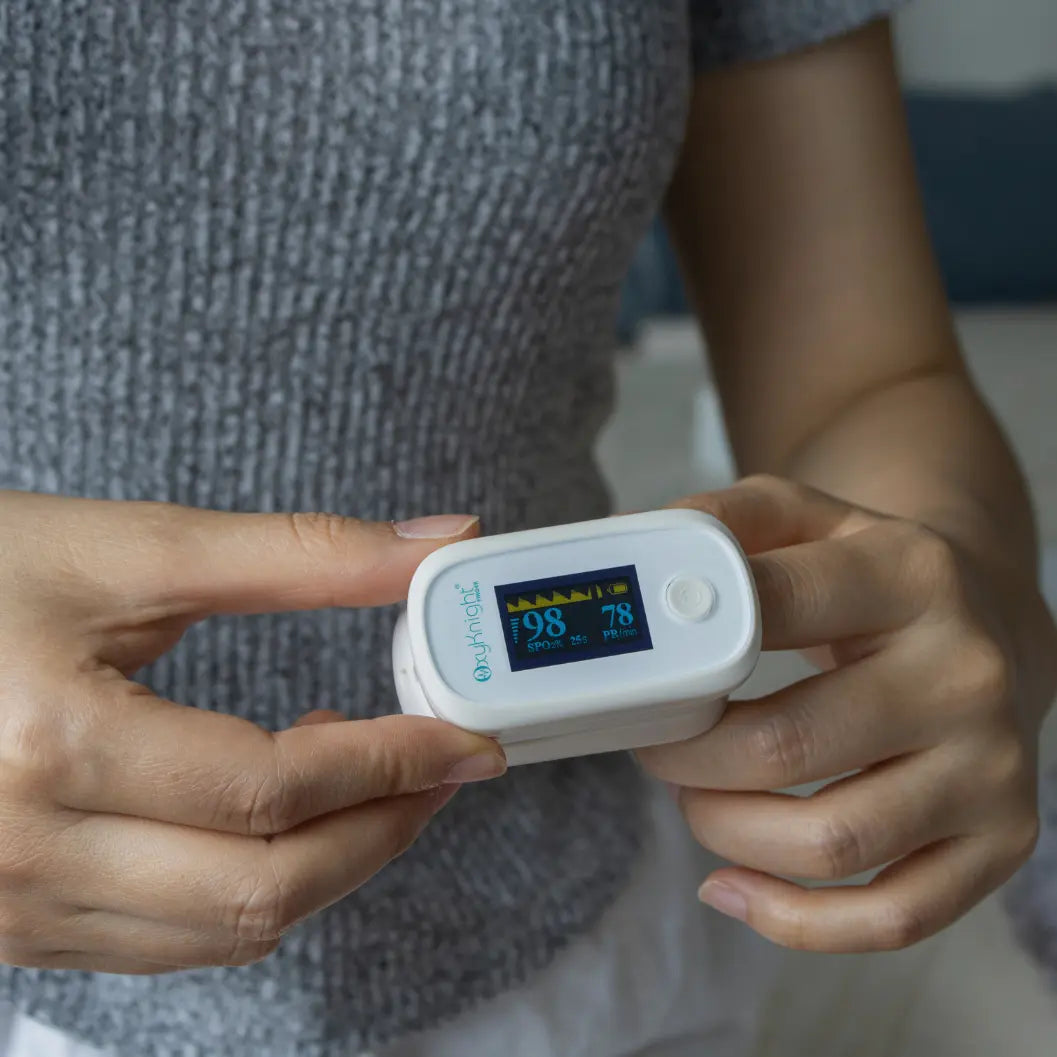
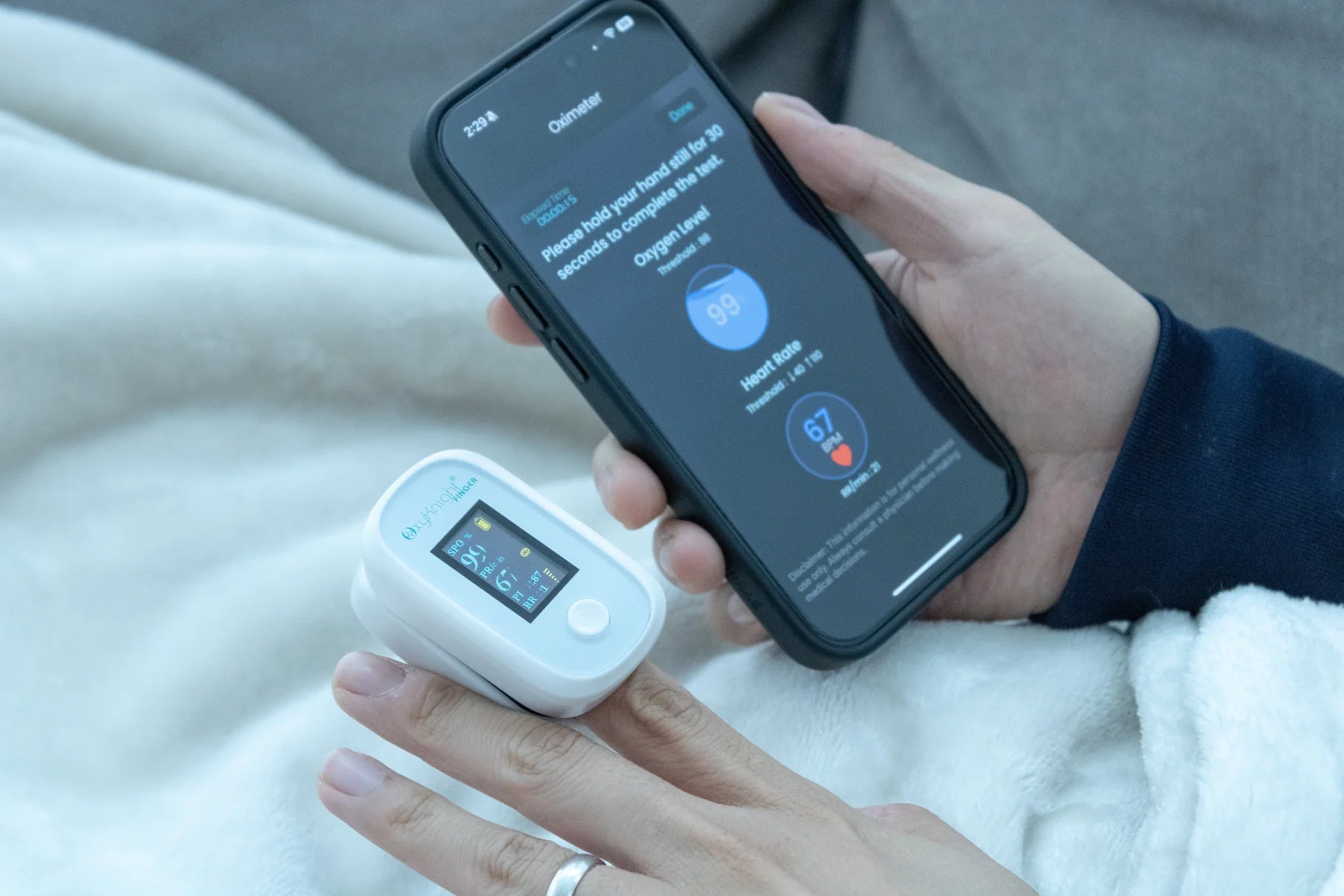
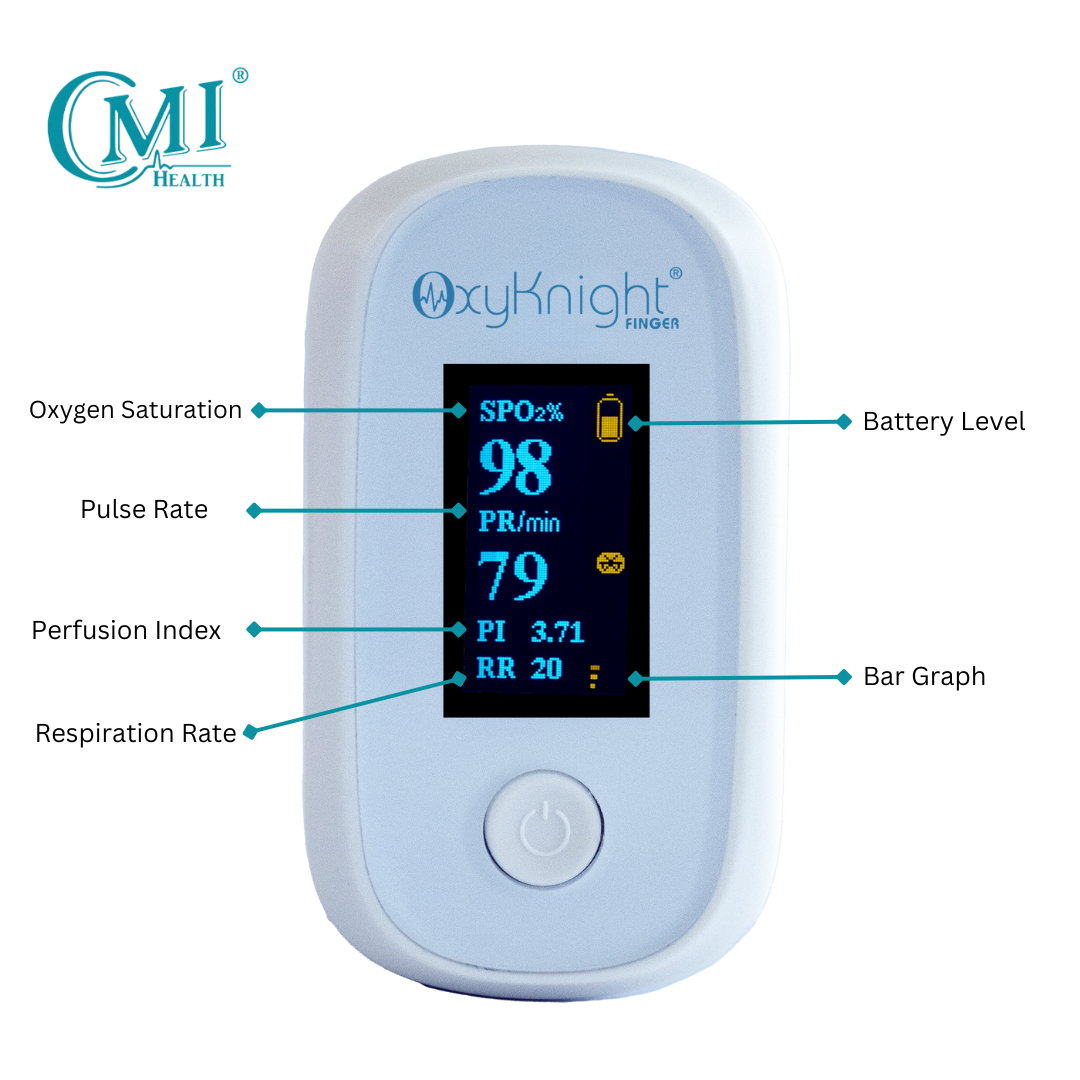
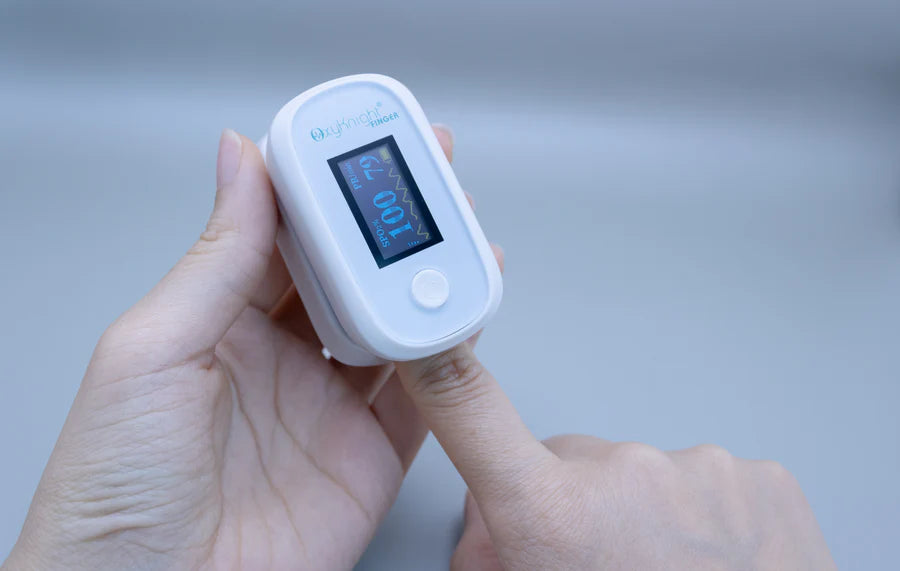
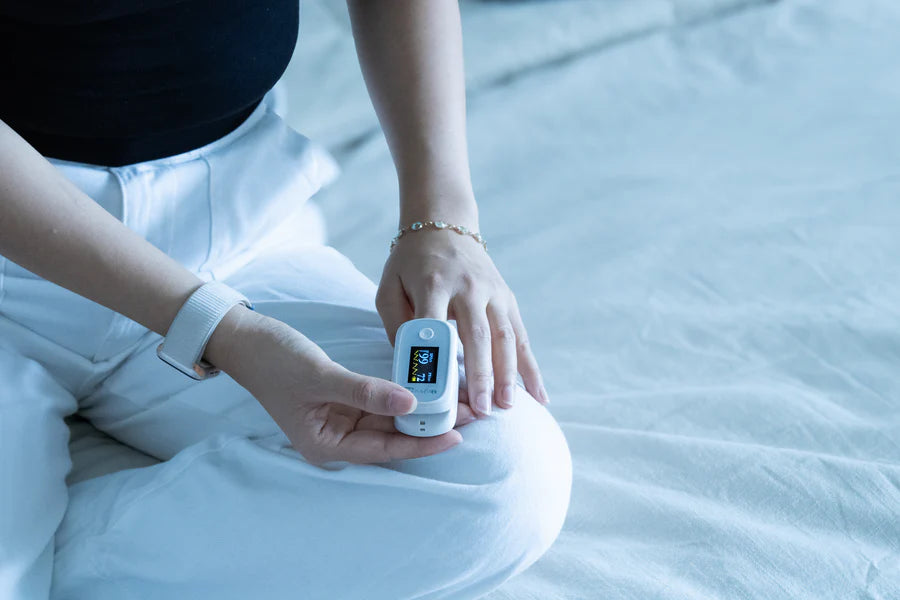
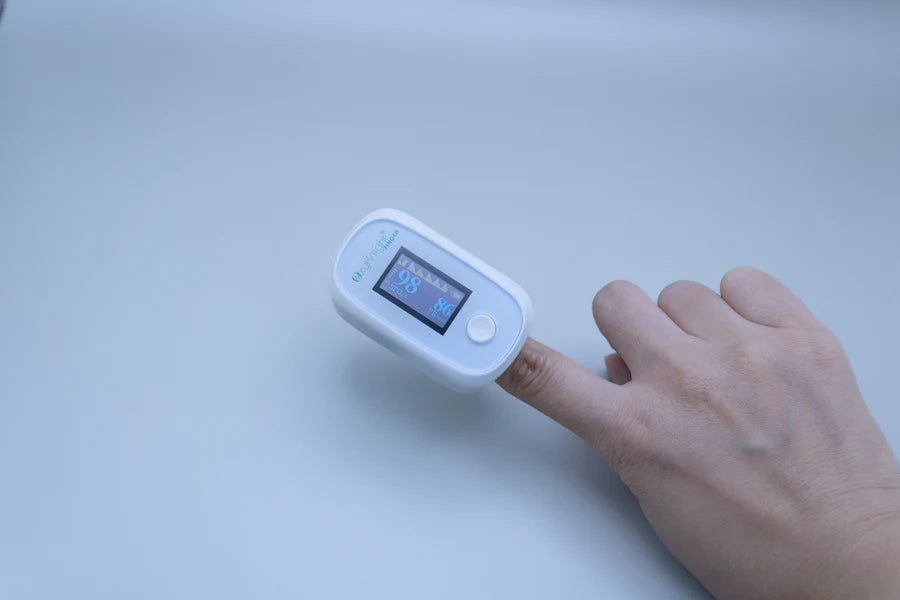
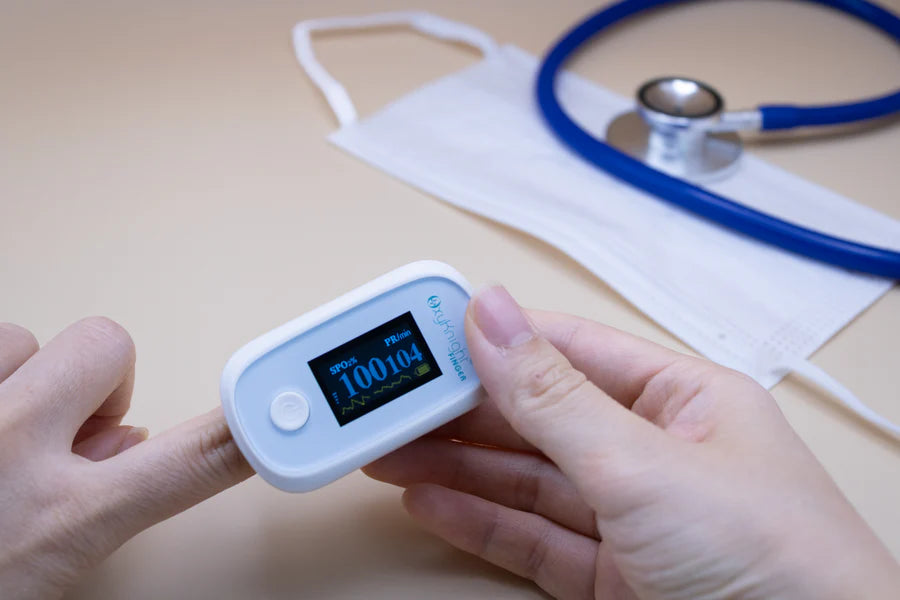
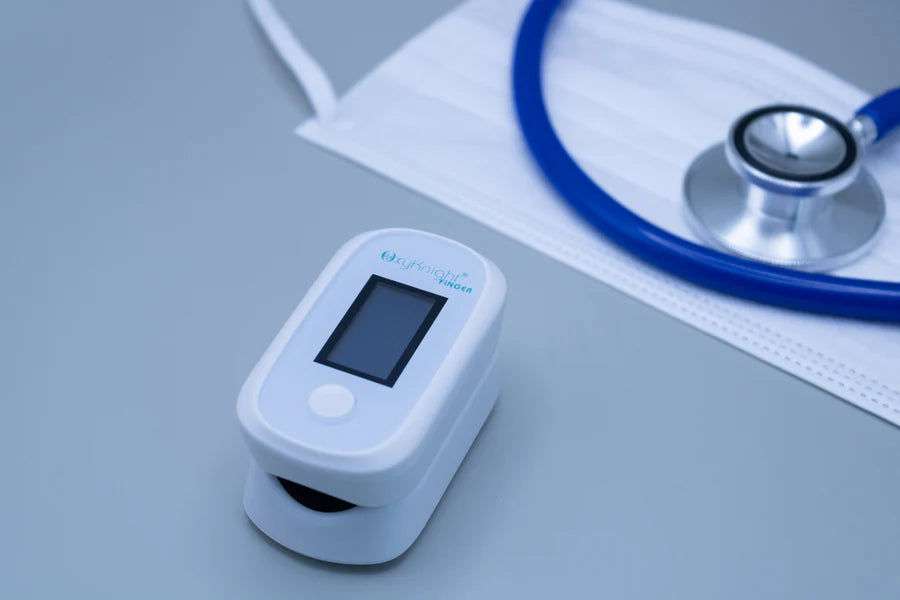

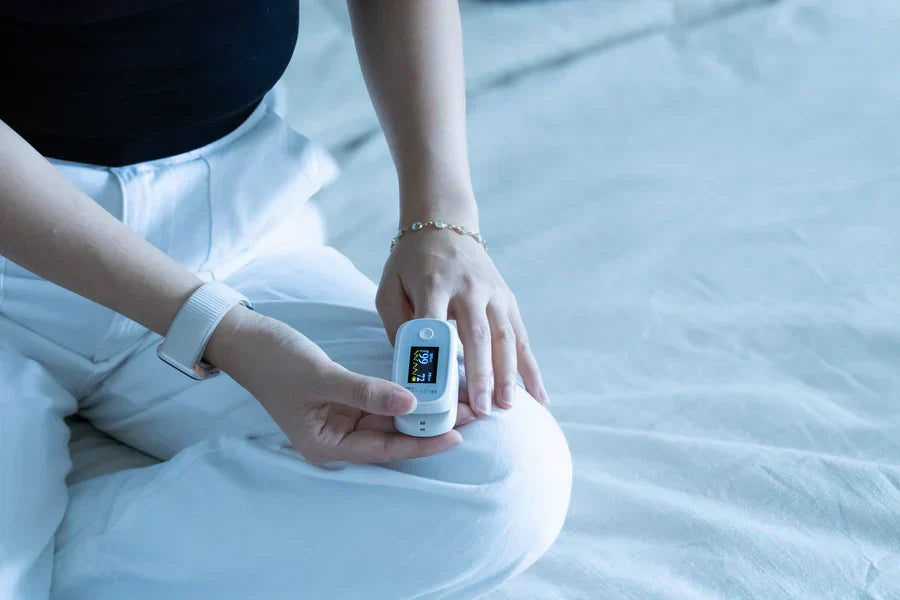
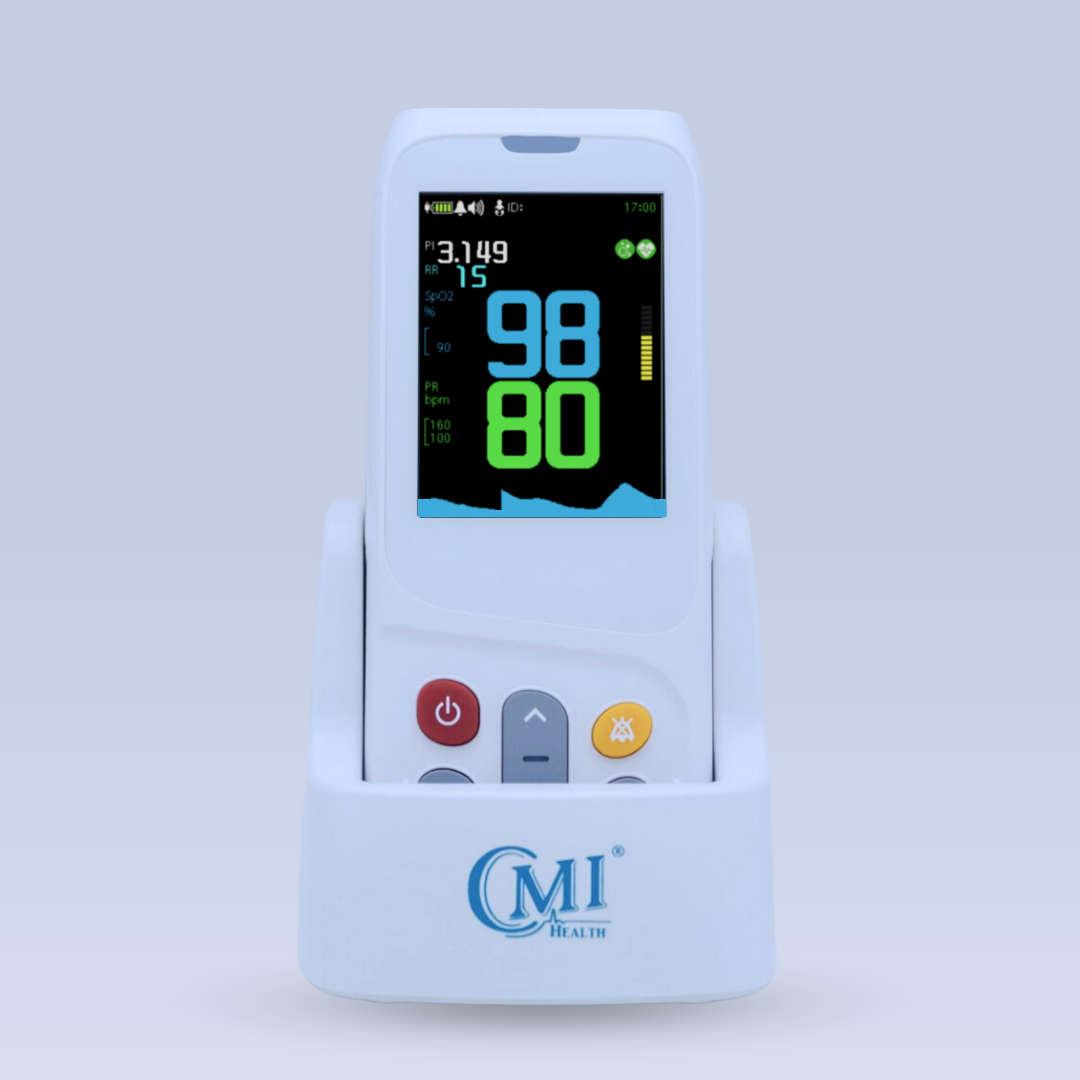
Leave a comment